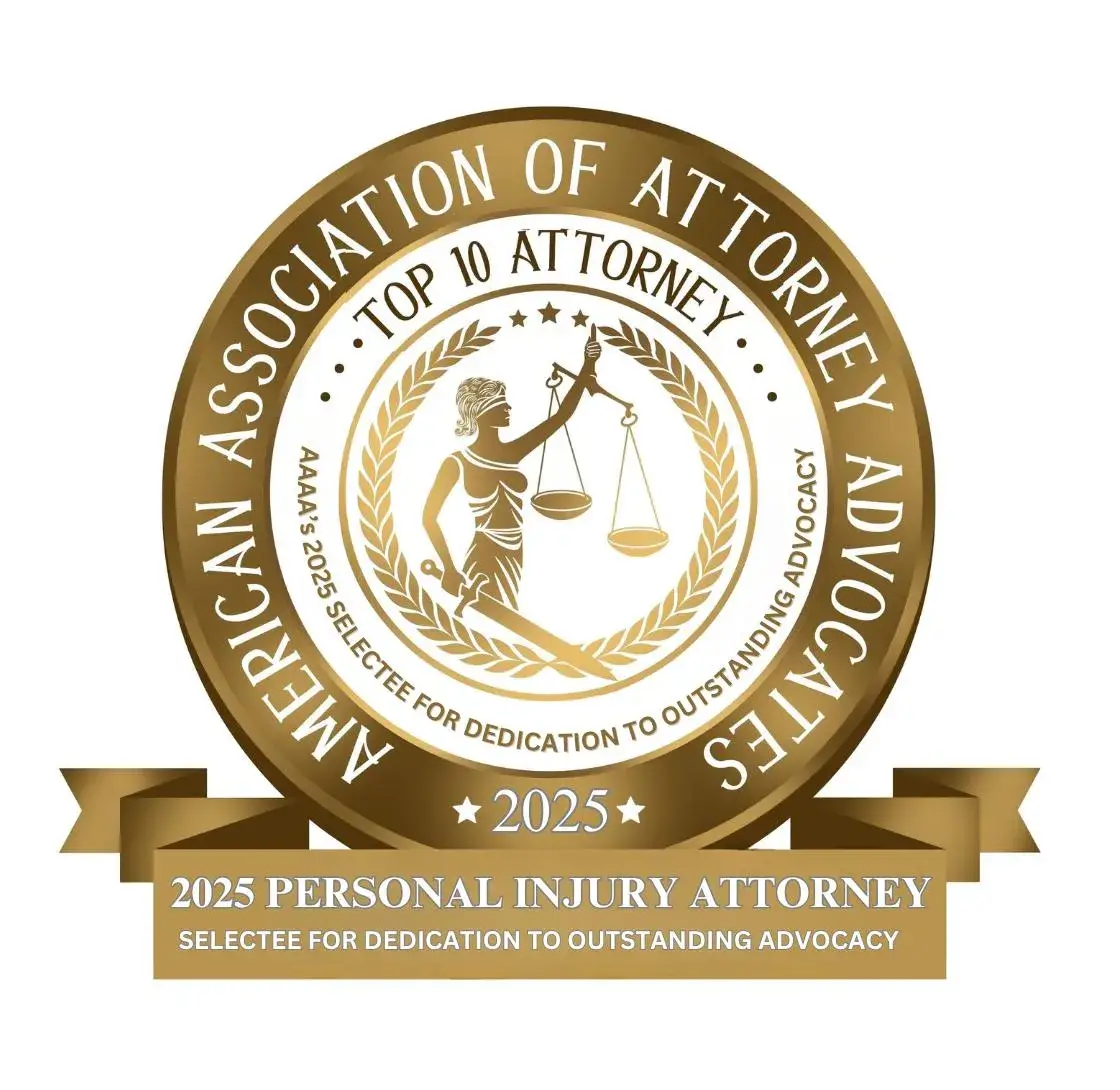Work Safety: Dangerous Equipment, Machinery Tools & Products
Work Safety
Dangerous Equipment, Machinery Tools & Products
Workers are exposed to dangerous equipment, machinery and tools virtually every day, but use this equipment because their jobs depend on it. Dangerous equipment comes in all shapes and sizes: the 40 ton hydraulic press at the metal fabricating shop; the industrial forklift in the warehouse; the handheld grinding wheel at the construction site. No matter what type of machinery, equipment and tools a worker is using, it should be designed in a safe manner. If you are injured while using a product that malfunctioned, is unsafely designed, or is unsafe because it lacked proper warnings, you may be able to recover money damages for your injuries.
Every year thousands of workers are injured in accidents caused by machines and equipment that are unsafe. Many of these injured workers have successfully brought lawsuits against the designers, manufacturers and distributors of the unsafe equipment, collecting large sums of money for their injuries and damages. Such lawsuits not only allow the injured workers to recover full and fair compensation for their injuries, at the same time these lawsuits force the designers, manufacturers and distributors to implement changes, thereby preventing future injuries.
Unprotected moving parts are unsafe
Safe equipment is not rocket science. In fact, many household products would be very dangerous if they were not equipped with simple safety devices mandated by consumer safety standards. For example, your microwave oven won’t work, and your clothes dryer stops spinning, when the doors are opened. This is because of a very simple safety device called an interlock that stops the appliance from working when the door is opened. This simple safety device can also be incorporated into industrial machinery preventing a worker from inadvertently accessing a dangerous moving part of the machine. Another example is the beam of light that stops your garage door from closing when an object passes in front of the beam. This simple example of a light curtain can be used to keep workers’ from dangerous rollers and spinning parts of machines and equipment that can’t otherwise be protected or guarded. Many of the same rules and regulations concerning safety apply to the industrial equipment you are forced to work with on the job.
Studies show that the most frequent cause of machine injuries is unguarded and exposed moving parts. All moving parts, including rollers, spinning shafts and other pinch points should have fixed or interlocked guards to prevent injury. The technology to prevent inadvertent contact with moving parts has been available since the 1900’s. Accordingly, injured workers have been successful across the United States prosecuting the machine designers, manufacturers and installers who fail to include these simple safety guards on their products.
Product Warnings
Placing a warning sticker on a machine, or in an operator’s manual, is not a substitute for guarding. There is a general concept among engineers who design machinery known as the “safety hierarchy.” Essentially, it directs that when a hazard on a machine is identified, the engineer should re-design the machine to remove the hazard if possible. If re-designing the machine to remove the hazard is not feasible, then the hazard should be appropriately guarded. As a last resort, if re-designing and guarding cannot be accomplished to effectively remove the hazard, the machine must have appropriate warnings.
This engineering concept has been widely accepted by safety practitioners around the world. Therefore, design engineers should only rely on warnings as a means of protecting the worker when the hazard could not be removed from the machine, and the hazard could not be guarded. Product manufacturers who defend the safety of their product by pointing to the warning stickers have ignored the appropriate engineering safety analysis for designing their product. The bottom line is that just because there is a sticker on the machine that warns of the dangers involved in your accident, you still may have a third party case against the manufacturer of the machine for failing to re-design or guard the hazard.
In addition, the warnings and product literature for machines, equipment and tools must be appropriate and complete. Knowing how to use a product, and not use a product, may be the difference between getting the job done safely, and filling out an accident report in your supervisor’s office. For example, if you use chemicals at work, the OSHA Hazard Communication Standard requires that the seller of chemicals properly label the chemical to advise you of the dangers of using the chemical, and how to use the chemical safely. Therefore, the failure to provide a warning or instruction, by itself, may render the product unsafe for you to use, and provide a means for recovering money damages against the manufacturer of the product, machine, equipment or tool


















